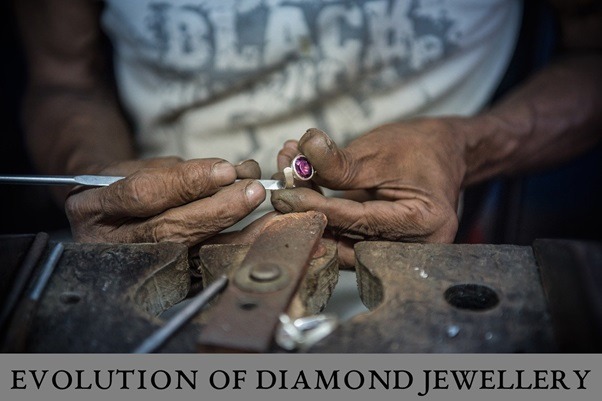The way diamonds are set in jewellery has changed greatly since the 80s. Here are some of the biggest changes.
Diamonds aren’t just a girl’s best friend, they’re everyone’s best friend. No matter how dazzling, stunning, and spectacular they might be, a diamond hasn’t always carried the same weight as it does now.
In the 2020s, diamonds are the perfect expression of true love. They are the gemstone of choice for hundreds of thousands of engaged couples, representing eternal love, strength, and endurance of the heart. Back in the 80s, however, the way we wore these precious stones was a little different.
Let’s talk about diamonds, styles, and how things have changed.
Diamond Jewellery in the 80s
Diamonds have been treasured since the Industrial Revolution back in the 1800s, but in the 80s, our taste levels were questionable at best. It wasn’t unheard of to find diamonds inlaid into the incredibly oversized hoops that were the fashion trend of the day.
In the 80s, smaller gems became popular, as did boldly coloured stones. Pave and channel set melee diamonds became popular. New cuts meant new shapes, and the engagement rings of the day were shaped to reflect this. Many even featured coloured stones with the diamond as the showpiece. De Beers reduced the number of diamonds in production in the 1980s because the price fluctuated so wildly. The radiant cut was a favoured way to set your diamond among coloured stones. Here are more interesting facts about 80s pop culture that you might also find interesting.
Diamond Jewellery in the 90s
The 90s were all about two things: grunge and Titanic. Marquise cut diamonds became popular and things like rubies and pearls were the main fashion jewellery pieces of the day. Geometric shapes were in vogue and bold, bright colours never quite went away from the 80s. Another major player in diamond jewellery of the 90s was the simple, classic, elegant diamond stud. We got rid of the dangly earrings of the 80s and replaced them with class. Let’s not forget the finery of a diamond draped gothic cross, either.
Diamond Jewellery in the 2000s
By the 2000s, the US owned 46% of the global diamond jewellery market. Trends were started and stopped by American trendsetters. By the end of the decade, yellow diamonds were a much more significant product than they had been in the past. Since the 1800s, diamonds had been set in silver traditionally, to show off the stone’s whiteness. When wearing a yellow diamond, this was no longer the case. The yellow diamond is still popular today among Gen Z.
Diamond Jewellery in the 2010s
Again, coloured stones had a boost in popularity due to Kate and Wills getting married. The duchess sports Princess Dianna’s blue sapphire in a diamond setting, sparking an interest in mixed stones, mixed materials, and cushion cut diamonds.
Diamond Jewellery in the 2020s
Nowadays, the diamond market is as strong as ever. Wholesale diamonds are popular, and jewellers can even buy wholesale engagement rings to sell on individually. The 2020’s has seen a shift towards the ethical sourcing of diamonds since blood diamonds have been brought to light in the media.
Nowadays, we buy diamonds for jewellery, to invest in, and as assets we can depend on. Jewellery trends are angled towards the three stone engagement ring, as ironicised by Meghan Markle. One thing is certain: that the diamond will continue to evolve as we do, over time.

